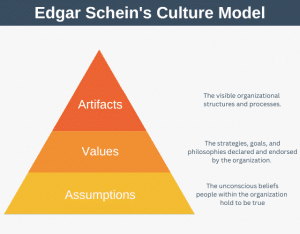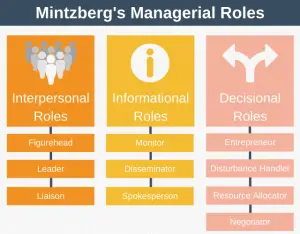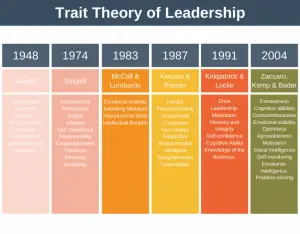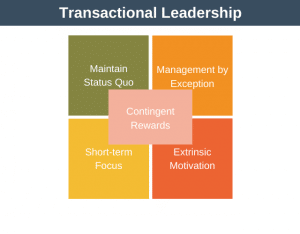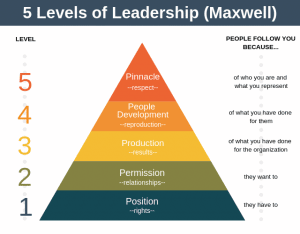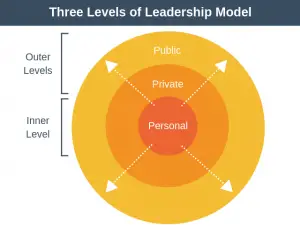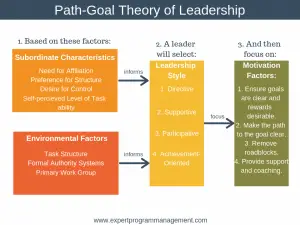Why do we do what we do? Why do some of us work harder than others? What is it that causes one person to behave differently to another even though they both have the same job?
Motivation in management is what pushes us to try and achieve the goals we set for ourselves. Motivation pushes us to work hard and to succeed in our careers.
Motivated employees improve efficiency and reduce turnover and as leaders, we spend large amounts of time thinking about how to motivate our team. Yet as a leader it can be all too easy to forget to clearly articulate our own motives and desires. We need to take responsibility for ourselves and ensure we’re motivated to stay the course and rise to any challenge that comes our way. It will also help us to better understand and manage the motivations of others.

Intrinsic and Extrinsic Motivation
Extrinsic motivation occurs when we are motivated to perform a task to achieve some reward or avoid some punishment. Examples of behaviors arising from extrinsic motivation include:
- Working hard to earn recognition and more money.
- Playing sport to win medals.
- Tidying your desk at the end of each day to avoid being reprimanded.
Intrinsic motivation occurs when we are motivated to perform a task because it is fun, enjoyable, or personally rewarding in and of itself. We perform the task for its own sake rather than needing some form of external reward.
Examples of behaviors arising from intrinsic motivation include:
- Working hard because we enjoy being a productive member of society.
- Playing sport because you find it enjoyable.
- Working hard because you find your job enjoyable.
One of the joys of intrinsic motivation is that it does not come with any pressure to perform, whereas extrinsic motivation is often associated with performance pressure.
In a nutshell, intrinsic motivation arises from within you, whereas extrinsic motivation comes from outside of you.
To develop the best motivational outcomes for yourself, such as persistence, resilience, a positive attitude, and great concentration, it is a good idea to use a blended approach consisting of both intrinsic and extrinsic motivations.
It is worth taking some time to identify what motivates you. Are your motives both intrinsic and extrinsic? If not, what can be changed to rectify the situation?
It’s going to make it much easier for you to get out of bed each morning, and remove some of the performance pressure if you can find an appropriate balance of intrinsic and extrinsic motivation.
Motivation in Management: Key Points
We can’t expect our team to deliver exceptional results unless we are also motivated and energized. To motivate ourselves it is important to understand the difference between intrinsic and extrinsic motivations. Intrinsic motivation comes from within, whereas extrinsic comes from external factors. When setting goals for ourselves it is beneficial to use a combination of intrinsic and extrinsic motivation.
Use this goal setting technique, based on outcome, performance and process goals, to set goals to motivate you and help you achieve your professional and personal goals.
Image credit: stubblepatrol.

